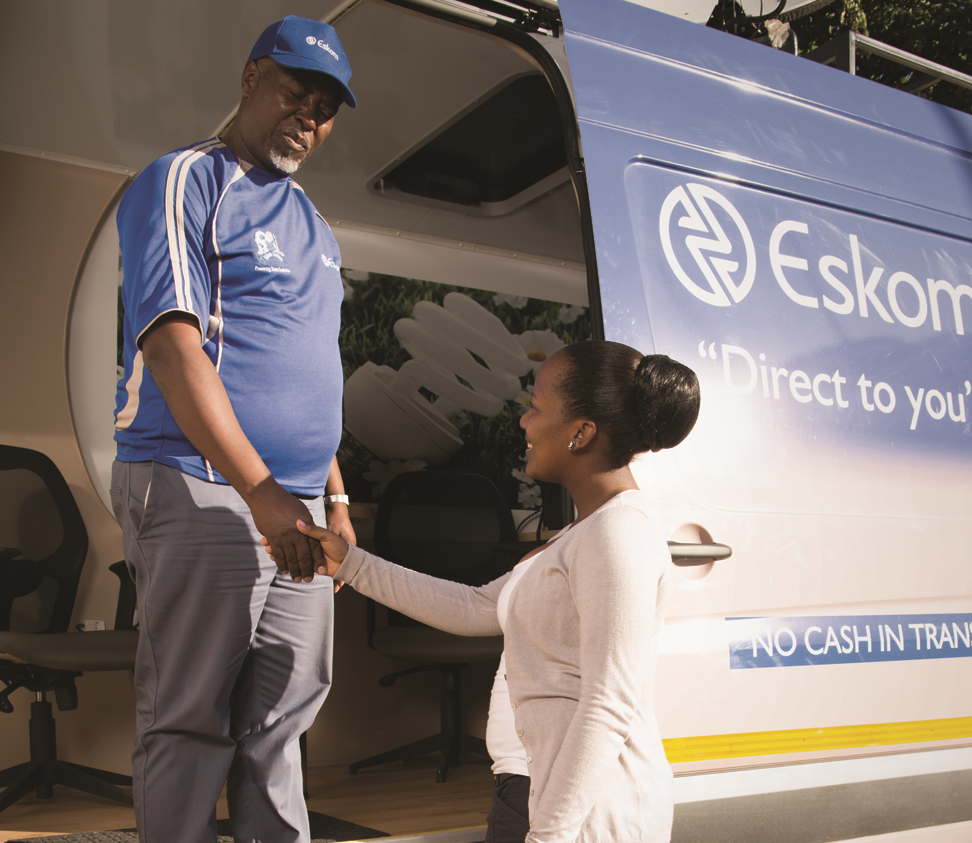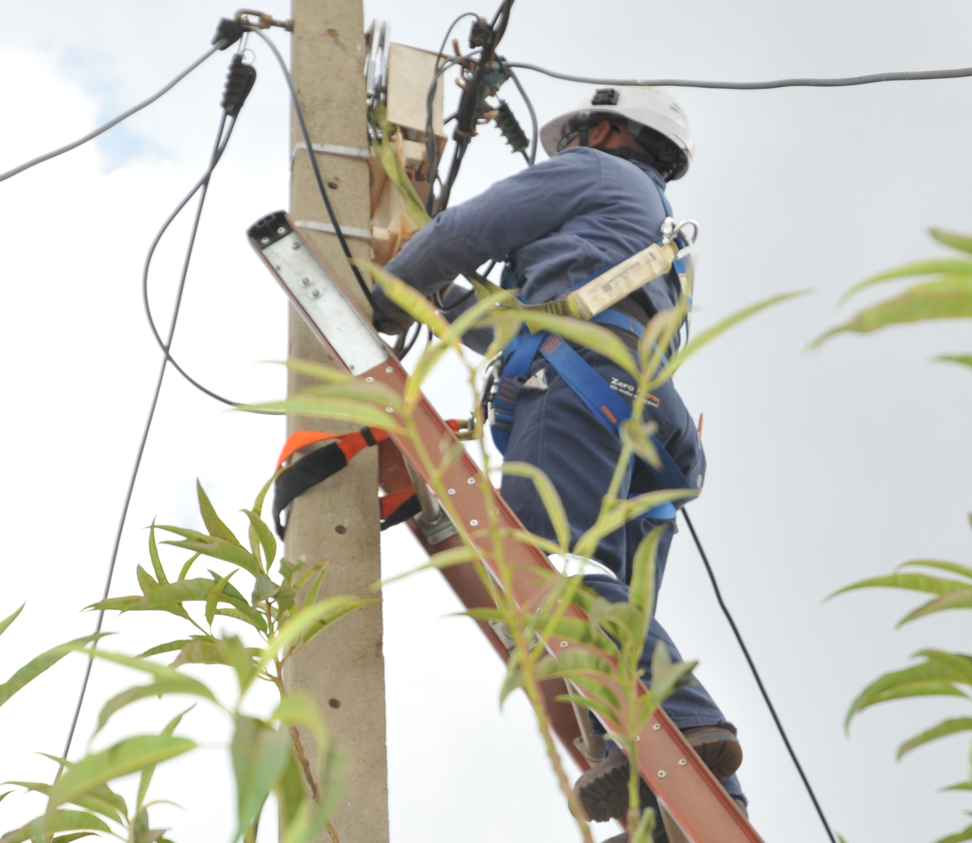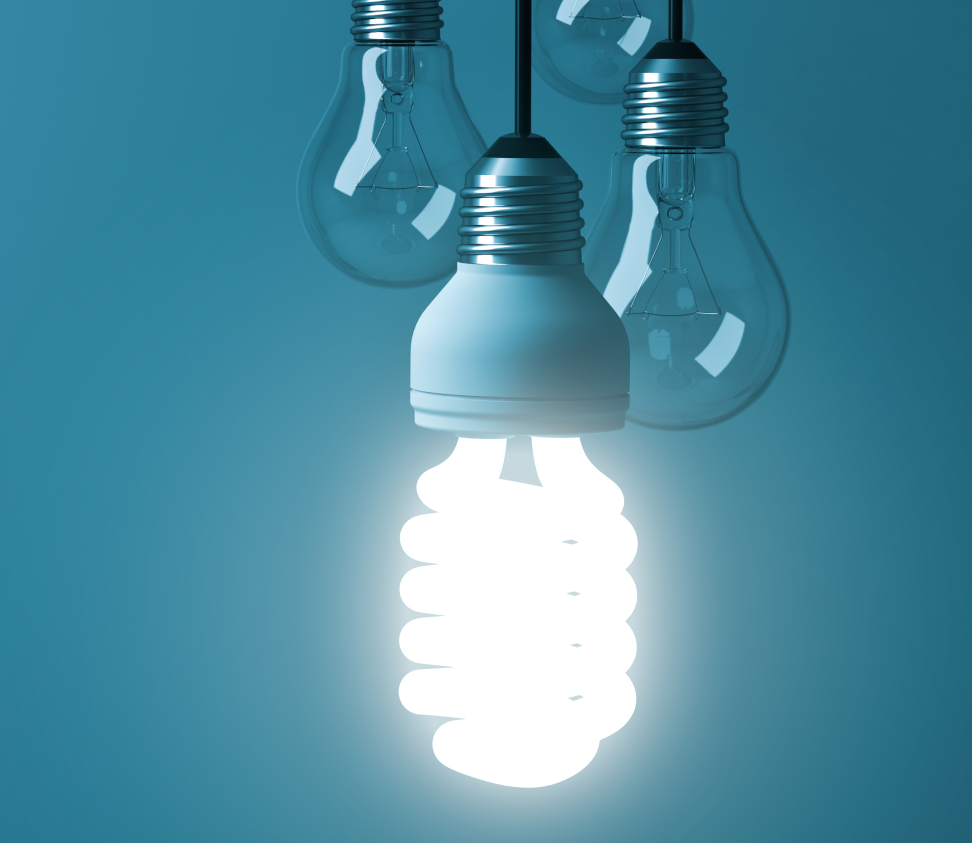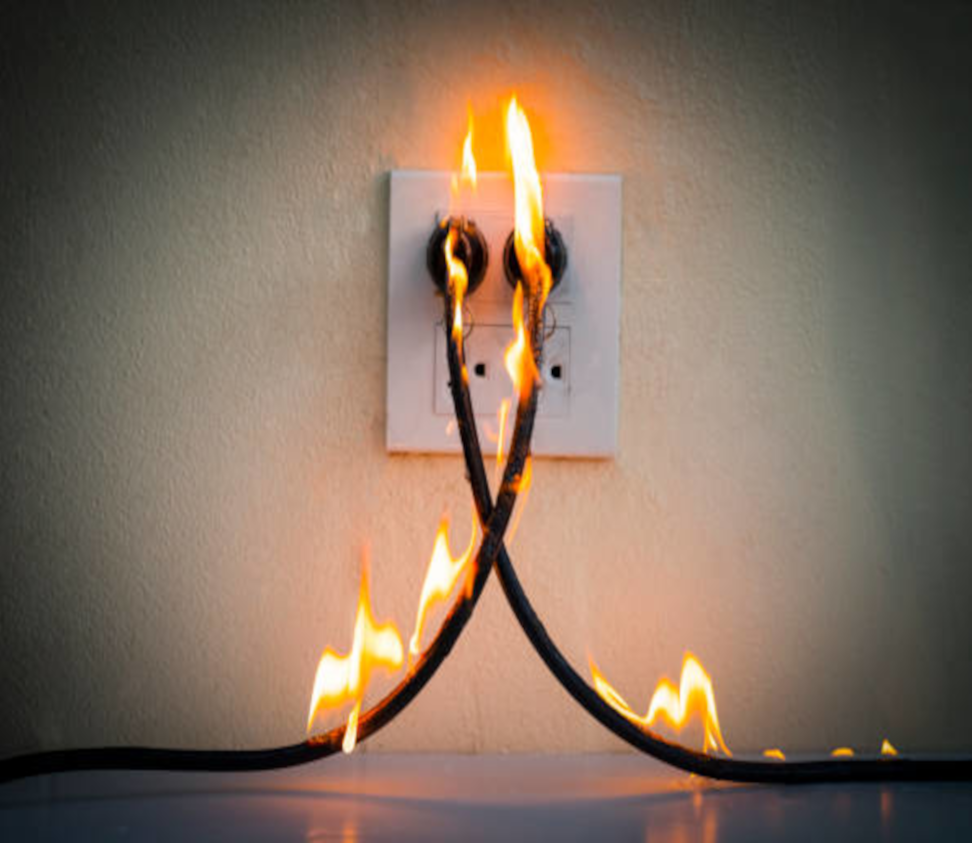Customer services

How to contact us for service the links below will assist you in doing so. When you call 0860037566 please have the following ready before you call: Account number, meter number, pole number, address details and your contact details.
Customer relations
Information on Customer Self-help, MyEskom customer App and Tariff charges…
Outages
Loadshedding for Eskom customers for Municipalities customers and Load reduction
Energy Advisory
Electricity is a great power source to make our daily lives better. Without it, we could not turn on our computers or light up our homes.
Public safety
Every year, innocent lives are lost and people are seriously injured as a consequence of the unsafe use of electricity.





